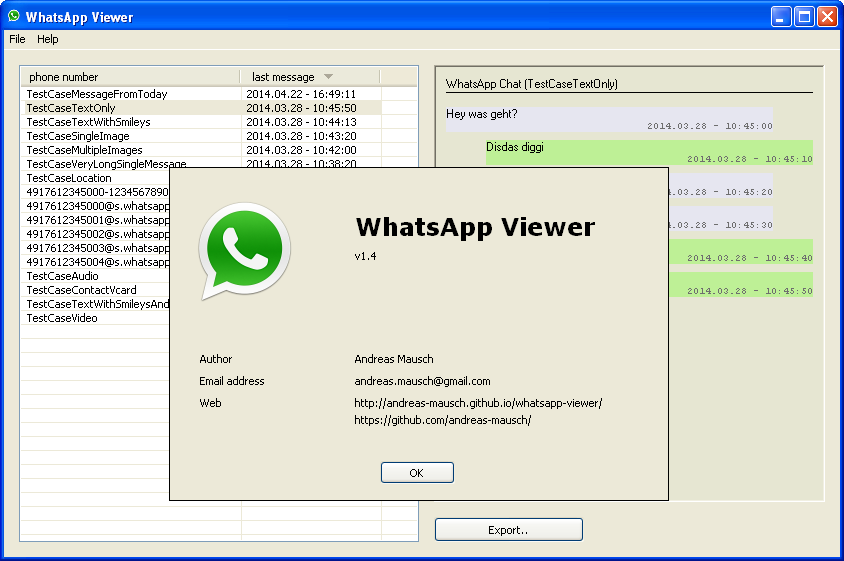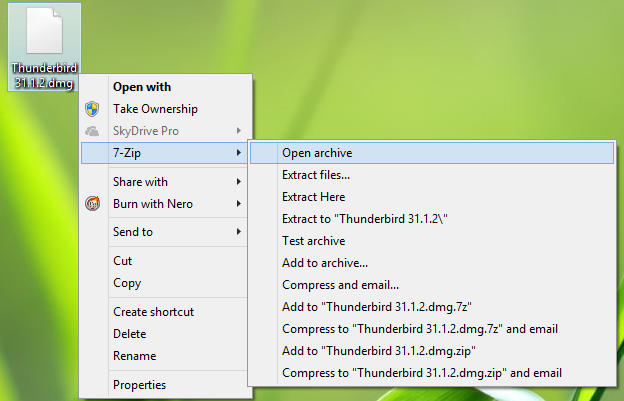Feb 20, 2020 and save the file, then use umodel with same recent aes key. Did a major clean up this thread to make it easier to find the key, left a few key posts for 0x41 post count (Deserves it) and Gildor's key finding tip, thread is still locked until new key or workaround is needed, and to stop the post flooding, for now everything is here.
- How to decrypt dmg file in linux Ubuntu, Linux Mint, Kali Linux 1. Sudo apt update 2. Git clone decrypt 3.
- The key used to encrypt the files is derived by a key derivation function (HMAC-SHA1) as follows: encryptionKey = HMAC-SHA1(hashplaintextfile,user chosen master password). With this key the user allows someone to decrypt a specific file, without the need to.
- Cracking encrypted disk image, AKA DMG is feasible, but, and there are many buts, is extremely, extremely time consuming. If you do not remember at all the password, or if you attempt to crack in 'blind mode', you will probably need to teach your kids how to do it: By the time you'll have a fighting chance, you'll be long dead.
Summary
Content
Quick encryption Encrypt files in virtual disk promptly and support to save files at any time.
Easy to use Support to hide itself in safe, simple operation on the clear interface.
Control data transfer Support to set white list and disable USB ports, network, CD
Well protection Utilize the AES256 algorithms and support to encrypt various files in the private format.
Comprehensive play for encryption Protect USB devices and password wallet; hide/disguise files; support to record operations on USB.
Quick encryption Encrypt files in virtual disk promptly and save files at any time.
Easy to use Support to hide itself in safe, simple operation on the clear interface.
Well protection Utilize the AES256 algorithms and support to encrypt various files in private format.
For DetailsOpenSSL is a powerful cryptography toolkit that can be used for encryption of files and messages.
If you want to use the same password for both encryption of plaintext and decryption of ciphertext, then you have to use a method that is known as symmetric-key algorithm.
From this article you’ll learn how to encrypt and decrypt files and messages with a password from the Linux command line, using OpenSSL.
HowTo: Encrypt a File
| Options | Description |
|---|---|
| openssl | OpenSSL command line tool |
| enc | Encoding with Ciphers |
| -aes-256-cbc | The encryption cipher to be used |
| -salt | Adds strength to the encryption |
| -in | Specifies the input file |
| -out | Specifies the output file. |
Interesting fact: 256bit AES is what the United States government uses to encrypt information at the Top Secret level.
Warning: The -salt option should ALWAYS be used if the key is being derived from a password.
Without the -salt option it is possible to perform efficient dictionary attacks on the password and to attack stream cipher encrypted data.
When the salt is being used the first eight bytes of the encrypted data are reserved for the salt: it is generated at random when encrypting a file and read from the encrypted file when it is decrypted.
HowTo: Decrypt a File
| Options | Description |
|---|---|
| -d | Decrypts data |
| -in | Specifies the data to decrypt |
| -out | Specifies the file to put the decrypted data in |
Base64 Encode & Decode
Base64 encoding is a standard method for converting 8-bit binary information into a limited subset of ASCII characters.It is needed for safe transport through e-mail systems, and other systems that are not 8-bit safe.
Decrypt Dmg File Without Key Free
By default the encrypted file is in a binary format.
If you are going to send it by email, IRC, etc. you have to save encrypted file in Base64-encode.

Cool Tip: Want to keep safe your private data? Create a password protected ZIP file from the Linux command line. Really easy! Read more →
Decrypt Dmg File Without Key Code
To encrypt file in Base64-encode, you should add -a option:
| Option | Description |
|---|---|
| -a | Tells OpenSSL that the encrypted data is in Base64-ensode |
Option -a should also be added while decryption:
Decrypt Dmg File Without Key
Non Interactive Encrypt & Decrypt
Warning: Since the password is visible, this form should only be used where security is not important.
By default a user is prompted to enter the password.
If you are creating a BASH script, you may want to set the password in non interactive way, using -k option.
Cool Tip: Need to improve security of the Linux system? Encrypt DNS traffic and get the protection from DNS spoofing! Read more →

Public key cryptography was invented just for such cases.
Encrypt a file using a supplied password:
Decrypt a file using a supplied password: